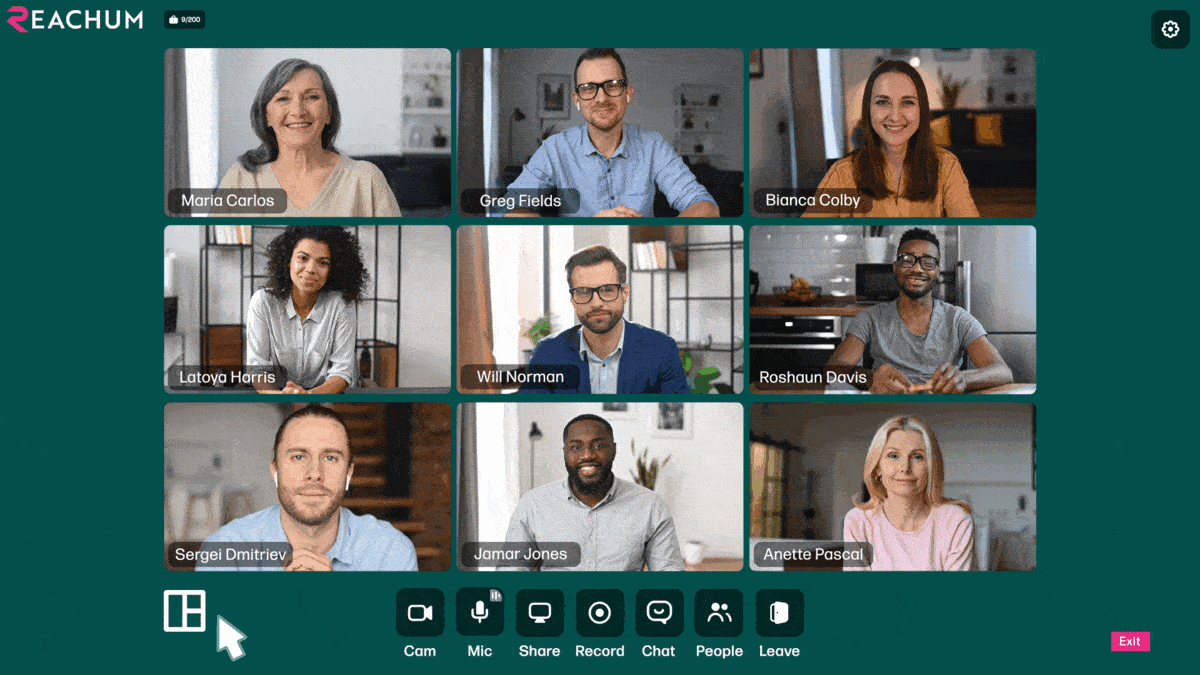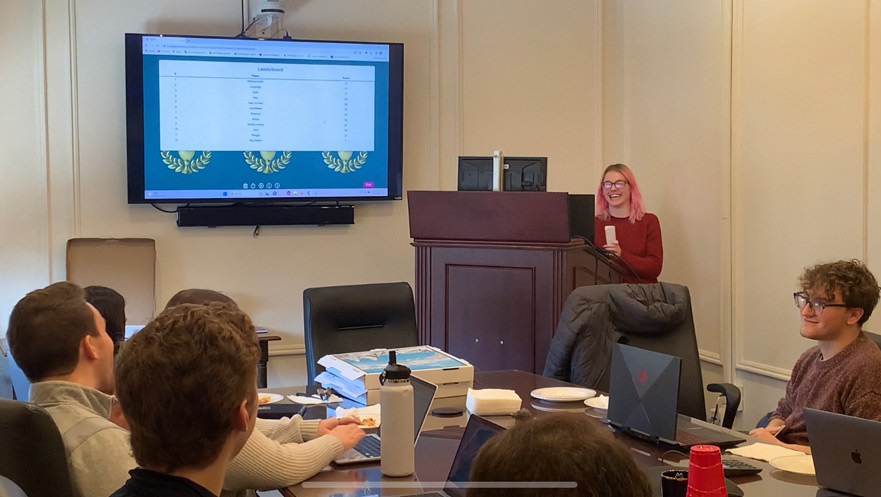Micro-learning is a highly effective approach to learning that can be applied to both asynchronous and synchronous training. According to the Journal of Applied Psychology (2017), bite sized training modules makes learning 17% more effective. However, there are some unique advantages to using microlearning for virtual instructor led training (VILT).
VILT allows for dialogue and discussion, immediately closing learning gaps. Using micro-learning, trainers deliver snackable pieces of content multiple times throughout the training session, reinforcing key concepts and helping learners retain information more effectively.
Learners stay engaged during live training sessions using microlearning methods. Traditional training sessions can be lengthy and overwhelming, leading to boredom or disengagement by participants. By breaking up the content into smaller, more manageable pieces interleaved with activities, trainers keep learners focused and attentive for day long classes.
Pharmaceutical Sales Training
Sales training is an essential component of success in the pharmaceutical industry. Reps must understand not only the mechanism-of-action for the drugs they sell, but understand the therapeutic category and the claims they are permitted to make in a highly regulated industry. Prepping a rep to sell a small portfolio of products can take 3-4 weeks. For an urgent product launch, microlearning reduced training time to just one week!
Companies produce a series of short, interactive modules that cover key product information and the relevant regulatory requirements. These modules are delivered in day long live training sessions, allowing reps to reinforce their learning and stay engaged.
As a result of the microlearning approach, companies see a significant increase in knowledge retention among their sales reps, as well as reduced time to competence. In a recent post training survey, reps reported higher levels of engagement and satisfaction with the training program, resulting in an NPS score of 54.1, which put it in the “GREAT” rating for e-learning.
The Microlearning Playbook
Effective microlearning follows a simple 4-step repeating pattern: Deliver the message, reinforce it with an activity, discuss the results, and show the progress. Each cycle should cover only one concept or skill, and should take less than 9 minutes to complete.
1. Delivering the message
Whether the training is in person or online, content is most often delivered by presenters who are supported by slides, images, and video. The best presenters are in constant motion, expressive, animated, and entertaining. Hand gestures are used to emphasize message points. Learn more about body language in virtual meetings here.
“Monotony causes audiences to tune out. Movement causes them to become alert. This is why it’s excruciating to sit listening to one person monologue for an hour on Zoom without your mind wandering.”
– Wes Kao
The more motion and animation in the experience, the more attentive the audience. REACHUM makes meetings visually dynamic, changing layouts instantly with a button click to provide an easy method for maintaining visual interest.

Message delivery itself should cover one major learning point or 2 minor points in 5-6 minutes. This section should not exceed 7 minutes in length, because that’s the point at which attention starts to rapidly diminish.
2. Reinforce the message with an activity
After delivering the message, microlearning uses a variety of methods to reinforce learning points, such as quizzes, games, interactive videos, simulations, and group discussions. Physical participation moves learners from a passive state to an active state, literally changing brain function from trance-like to focused and cognitively engaged. Scientists know that activity is essential to unlock the gateway to memory.
3. Discussion
Using real-time data to measure responses, trainers can spot learning gaps. Remediation is immediate. Feedback corrects learner misunderstandings and provides positive reinforcement for correct responses.
Messages are clarified and amplified. Open discussion is encouraged. This step in the step where learning messages are confirmed and fully absorbed.

4. Progress
Leaderboards drive individual and group participation. They provide healthy competition that energizes learning, providing fun and excitement for participants.

This 4 step microlearning recipe works extremely well for live training as well as on-demand learning. It provides the energy and excitement to keep learners engaged continuously during long virtual sessions. It’s a process derived from over 15 years developing on-line training and onboarding for pharma, medical device, and technology companies, universities, and Department of Defense entities.
Microlearning works everywhere, proven with learners from ages 12-73 in every demographic. It is helping students re-entering public education overcome difficult barriers in STEM subject. Try it yourself for live training, now often referred to as virtual instructor led training (VILT). Compare this process to any other remote or hybrid learning methodology. Please share your results!
